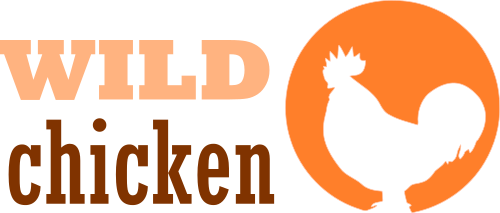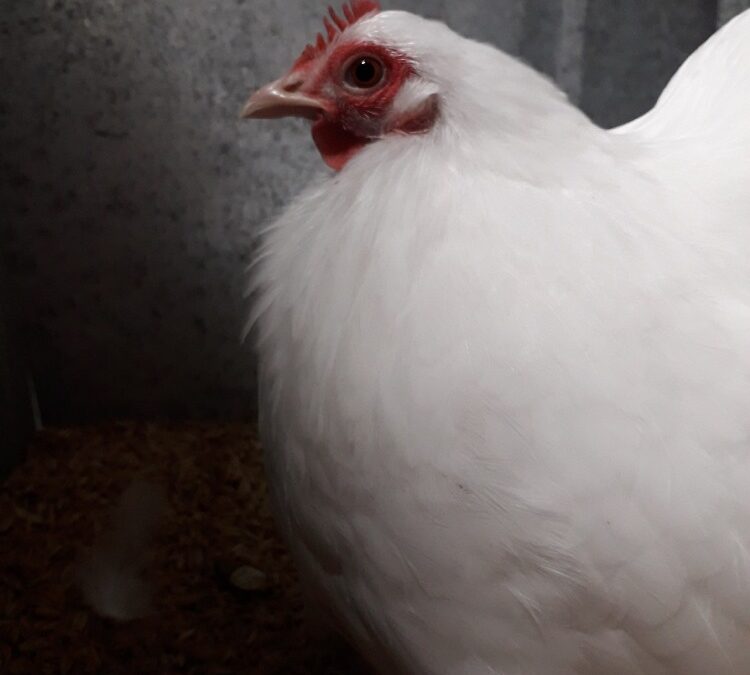Inbreeding can be a great tool but if used improperly it can be a detriment to the strain, so what are the pros and cons? What are the different methods of inbreeding? Why should you as a breeder used inbreeding? Read on to find out.
What is inbreeding?
Inbreeding is breeding related individuals, notably siblings, but it can also refer to: P¹ to F¹/F²/F³ etc, cousin to cousin, uncle to niece, aunty to nephew, etc.
Within reason, Inbreeding is anything that increases the homozygosity within a strain, whereas outbreeding is anything that increases heterozygosity.
Why use inbreeding?
Inbreeding increases homozygosity and therefore the uniformity and purity of the strain.
Inbreeding brings out all genes, good and bad to cull and/or select in favor of your goals, this allows breeders to eradicate the deleterious genes and recessive defects.
Inbreeding is one of the most efficient ways to test your birds for purity of a trait.
When two birds with the same good gene are bred together you can “fix it” within the strain with inbreeding.
What are the “forms” of inbreeding?
There are meany different methods within inbreeding, each with its own unique purpose
Inbreeding or the breeding of siblings.
This is the closest form of inbreeding and therefore the most efficient at increasing homozygosity.
When breeders talk of inbreeding they often mean sibling breeding as opposed to the other “forms”.
Backcrossing
The breeding of P¹ to F¹, P1 to F², and sometimes P¹ to F³.
Usually used to “get a little more” from a bird’s genome, this method is usually only used with P¹ birds if their progeny aren’t better than them, never used in an established strain.
Line breeding
The breeding of P¹ to F¹, P¹ to F², P¹ to F³, P¹ to F⁴, P¹ to F⁵, etc.
Used to “clone” a superior individual.
The bird you’re heading the line with must meet these criteria
I know I give the example using a P¹ bird, however you don’t want to line breed P¹ birds due to the fact that they likely aren’t pure and therefore your line breeding program won’t be successful.
In-and-inbreeding
A more distant form of inbreeding, including cousins, grandparents to grandchildren, aunty to nephew, uncle to niece, etc.
Best used to maintain a strain as opposed to create one as it doesn’t increase homozygosity very fast.
Pros and cons of inbreeding
If you are planning on using inbreeding then it is a necessity to know the pros and cons
Pro’s
- Increases homozygosity.
- Makes improvement faster.
- Brings faults to the surface to be weeded out.
- Increases uniformity.
- When two inbred strains are crossed the resulting offspring have a much higher degree of hybrid vigor than the offspring of non-inbred birds.
- It is impossible to create a breed or strain without inbreeding.
Con’s
- If inbreeding is practiced haphazardly without proper culling and selection then the following may occur:
- Reduced egg production.
- Decreased fertility and hatchability.
- Slower growth and later maturity.
- Loss of vigor.
- Increased mortality rate.
- Homozygosity for deleterious genes.
What do I do if I run into inbreeding depression?
First understand that Inbreeding depression isn’t heritable.
If a linecross or outcross is used the inbreeding depression isn’t passed on.
Always keep at least three lines within each strain to linecross to.
Don’t panic!
People tend to think the only option is an outcross or just not inbreeding.
If you happen to run into inbreeding depression and only have one line, either in and inbreed, or start a subline and outcross that way, the last thing you want to do is outcross straight into your main lines.
It’s best just to prevent inbreeding depression.
Select only birds that are healthy, never get sick, are free of defects and meet the standard.
Some skilled breeders can inbred their whole life without any inbreeding depression solely because they cull and select the way they need to.
Only breed to hens with good mitochondrial DNA.
Despite all the problems associated with inbreeding, it’s still one of the best tools in the breeders tool box, but why?
Inbreeding is the only way to “purify” a strain.
It has been noted on many occasions that inbred fowl can actually be better performers than non-inbred fowl.
One example is in vigor, inbred fowl when proper selection is applied will excel in vigor when compared to non-inbred fowl.
Fertility and hatchability, inbred fowl have higher fertility and hatchability when proper selection is applied when compared to non-inbred fowl, inbred fowl make exceptional broodfowl for this reason.
Prepotency, inbreeding is the only way to improve the prepotency of your strain, this is another reason to use inbred fowl in the brood pen.
The Uniformity and Predictability that come with proper inbreeding allows the breeder to predict the results of each mating, even before he/she puts the birds together, it also means the breeder has full control over their fowl, the way they look, act, and perform, this means that the fowl represent the breeders ideal bird.
Excellence, inbreeding allows the breeder to get as close to perfection as possible, and in turn achieve a high degree of excellence.
Contrary to popular belief, inbreeding doesn’t “create” defects, it only brings what’s already in the genome to the surface to be culled or selected, which in turn improves the strain.
So there you have it, the basics of inbreeding.
I will (eventually) write articles on each method of inbreeding to give you a more in-depth understanding of inbreeding, which I believe is a very important part of breeding.

